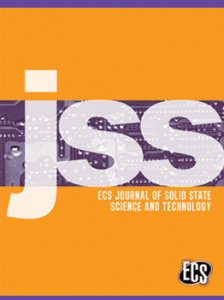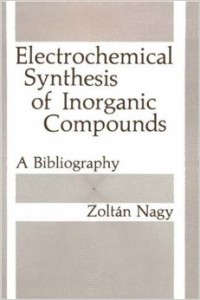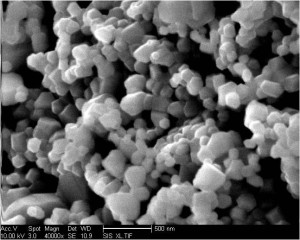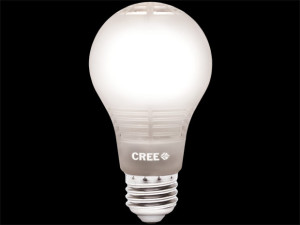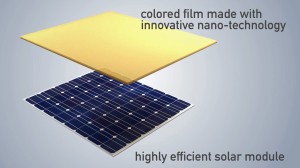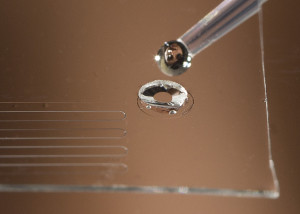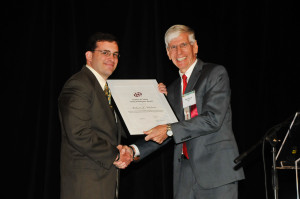
ECS President Paul Kohl presented one of the Society’s esteemed awards at the 2014 ECS and SMEQ Joint International Meeting.
The Canada Section of The Electrochemical Society is currently seeking nominations for one of its prestigious awards.
W. Lash Miller Award
The Award has been created to honor the memory of W. Lash Miller, an eminent Canadian chemist. He was the Head of the Department of Chemistry at the University of Toronto and President of The Electrochemical Society in 1912. Lash Miller was one of the first proponents of Gibbsian thermodynamics in North America.
The W. Lash Miller Award of the ECS Canada Section was established in 1967 to recognize outstanding technical contribution to the field of electrochemical science and technology and/or solid state science and technology. The candidate must have demonstrated independent research in academia, industry or governmental laboratories.
To be considered for the award, a nominee must be residing in Canada and have obtained his/her last advanced education degree no more than 15 years before the year of the Award (for this cycle, 2015). The recipient does not need to be a member of ECS. The complete award rules may be found here.


